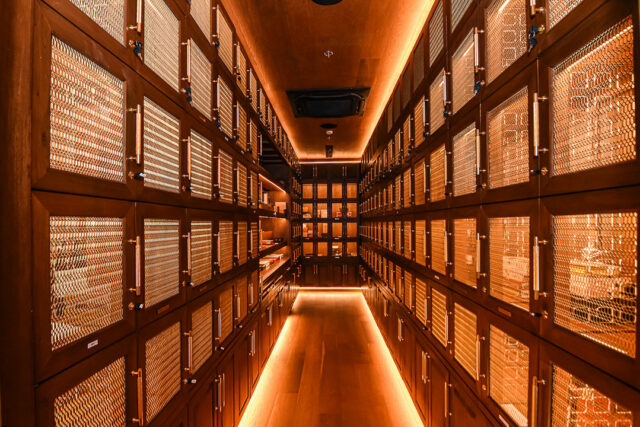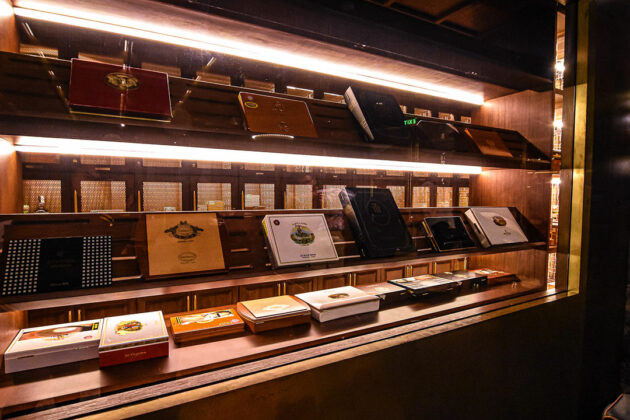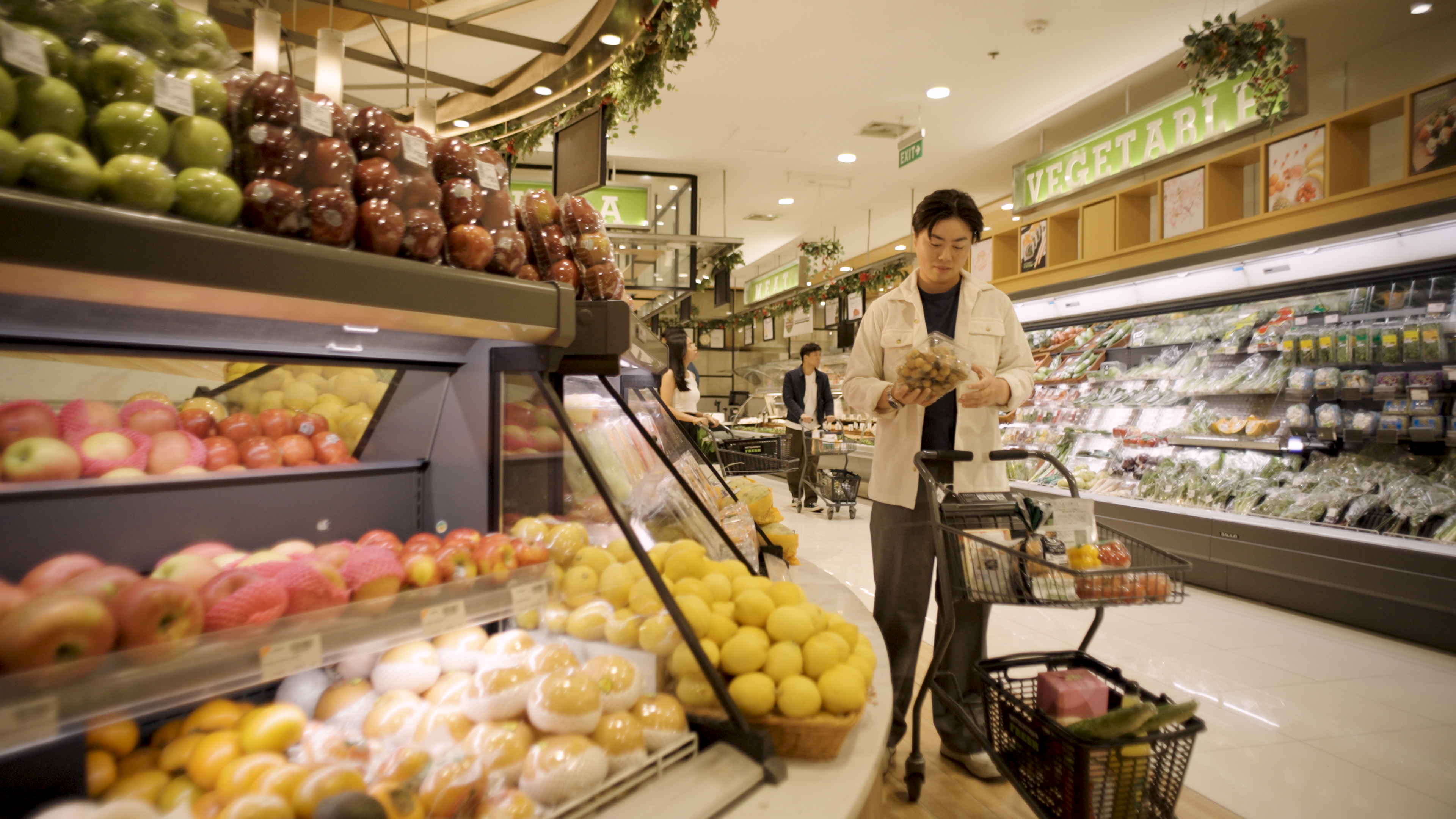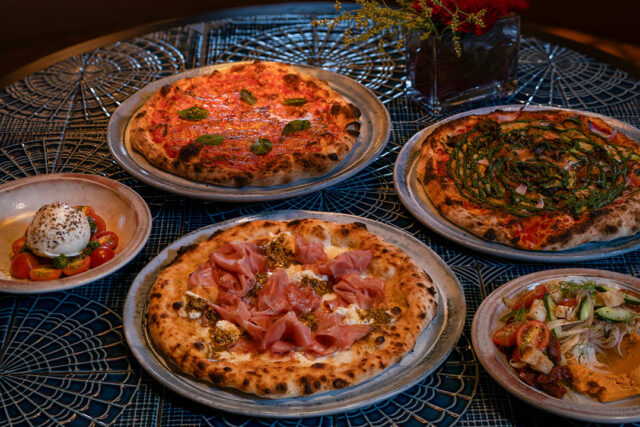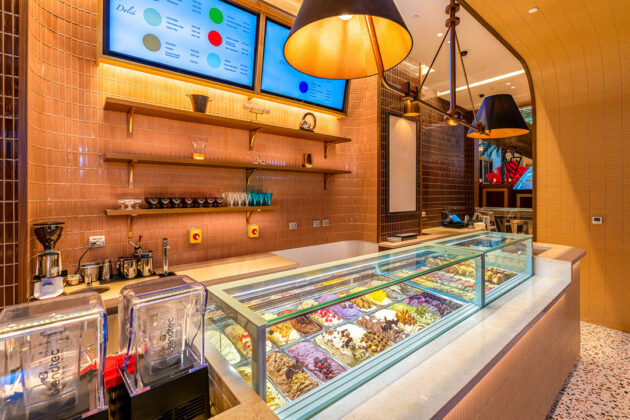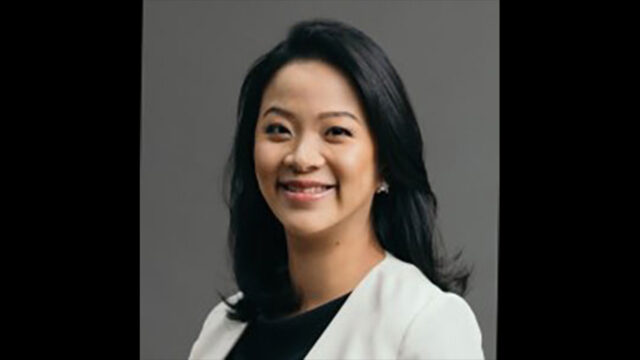One of the things I hope to see this year is a clear road map towards 2028 and progress in our approach to and relations with China.
‘Coz, clearly, our bilateral ties cannot remain where they are today. More and more analysts have been flagging the South China Sea as a potential flashpoint, and investors themselves have lately taken notice.
I prefer to see the currently poor state of our relations with China as part of a continuum that, hopefully, is on the cusp of taking the next step.
DRAWING THE RED LINE
To be sure, I am glad that our government has asserted our rights to the West Philippine Sea, as provided by the United Nations Convention on the Law of the Sea.
I had long wondered when we would stand up to the bully up north, even if not exactly as Vietnam and India had done. China, which singled us out to demonstrate its power to others in the region since we have the weakest external defense capability in much of Asia, respects only force. Like any bully, it will not respect anyone who will not defend himself.
We have Beijing to thank for our belatedly realizing that a defenseless state is one that has no clout — I blame past administrations up to 2010 for thinking that we could rely completely on the US for cover against aggressors — and thus for putting us on the road to achieving a minimum credible defense capability.
We do not have the same armed mettle as Vietnam, but what we lacked in arms we kinda made up for legally at The Hague. One fights a bully with whatever one has, and in our case, it is international law.
The question is whether we have been building on that legal victory since then. Even former President Rodrigo Duterte had said in public on more than one occasion that the arbitral ruling was already part of jurisprudence, hence, he did not have to assert it (whether that laid-back stance posed legal risks for us remains to be seen).
I recall that Mr. Duterte, in at least two televised remarks in his last year in office, could barely hide his annoyance with China’s then-unreported bullying of our troops in those waters (that was when I first sensed — well, besides the fact that only a handful of its development funding promises had materialized as his administration drew to a close — that Beijing had not been reciprocating our love language since mid-2016). Our coast guard later on confirmed that incidents with Chinese forces at sea had occurred even under Mr. Duterte, who just didn’t want to ruffle Beijing’s feathers by publicizing them.
As I have said before, I have no illusions about the designs of the other superpower, the United States of America. Remember that, as Reuters had reported, the US undertook an aggressive disinformation drive vs Chinese vaccines at the height of the COVID-19 pandemic right here in our country and Filipinos fell for that spiel hook, line, and sinker. That incident serves as a timely reality check against blindly trusting even our allies.
PUSHED TO THE WALL
But then, it not the US now that is pushing us (particularly, our subsistence fishermen) to the wall in our waters (I am saying it is “ours” liberally, because anything beyond 12 nautical miles from our baselines is not our territory, even as we do have the sole right to explore and extract resources beyond that point to within 200 nautical miles from baselines).
Hence, this issue is an existential one for affected fisherfolk and, if one remembers that the suspected oil and gas deposits under Recto/Reed Bank in the West Philippine Sea are supposed to make up for the fast-dwindling stock at the Malampaya gas field (which is expected to run dry in two years), for our entire economy as well.
China’s actions have forced us back into the US’ arms. Some quarters have scored this move but always fail to suggest a viable alternative course (as if we could defend ourselves on our own right now). Beijing’s spokesmen have long accused the Philippines of falling for Washington’s “Cold War mentality,” but the former has bared exactly that mindset by failing to acknowledge that smaller states like us have our own interests in this issue.
When Beijing speaks of the need for “peace” in the region, it is talking about Pax Sinica — “peace” on its terms which, it is turning out for some of us, would be tantamount to the peace of the grave.
There was a time in the past when I applauded any move towards China in order to balance our almost servile reliance on the United States, thinking that a neighbor would understand our needs better than anyone from across the Pacific.
Personally, I would rather that we were not put in this position — because the US has manipulated/failed/abandoned us in the past whenever doing so served its own designs — but as the adage goes: in politics, there are no permanent friends, only permanent interests.
And while Beijing wields tremendous economic and armed clout, it still has much to learn about statecraft with smaller states it could otherwise woo to its side.
CLOCK TICKING
Broadsheets reported the other week that the current government is now weighing which international panel would be the best venue for our next step after the July 2016 victory at The Hague.
Well, it’s about time.
Officials are now talking about the reportedly massive environmental damage caused by China’s island-building and harvesting of resources like clams within our exclusive economic zone (EEZ). True, Vietnam has occupied the most number of islands in the South China Sea — and presumably damaged the environment — but it does not push us around in our own waters, nor does it bar our fishermen from their traditional grounds. Hence, it is not our primary adversary on this count. In fact, we deal with Hanoi constructively despite our differences.
China may even file its own environmental complaint against us for running two ships aground (of which one remains) on Ayungin Shoal. In an interview last year with the ABS-CBN News Channel, former Associate Justice Francis H. Jardeleza welcomed that prospect, saying that the Philippines would pay much smaller damages should it lose that case anyway, compared with what China stands to be dunned for environmental damage due to its island-building and unrestricted harvesting of marine life within the Philippines’ EEZ. In terms of optics, these cases would serve to further draw international attention to the scale of the impact of China’s aggression.
The problem, Mr. Jardeleza said then, is that the current administration has not filed any such case now that it is halfway into its term. But while the current timetable is increasingly tight, it should be recalled that the administration of the late former president Benigno Simeon C. Aquino III filed its arbitration case at The Hague in January 2013 — also in midterm — and secured its legal victory in July three years later.
So long as Beijing keeps treating us the same way in those waters, this will be a logical next step, as it builds on the 2016 arbitral ruling.
LEARNING
With the return of a Duterte to Malacañang being a real prospect come 2028 for now, there are fears among some quarters of a swing back to an overly pro-Beijing stance (Beijing certainly hopes so, I’m sure, and is actively working for that — gauging from recent reports of active surveillance within our territory).
I prefer to see the changes in our policy towards Beijing and Washington as part of a continuum. From decades of allying with Washington (to the point that a Washington Post reporter told me once that it may do us some good to oppose the United States every now and then in order to gain respect), we really needed to see if hewing closer to China would serve us better. In hindsight, there was little value to that tack, except that it made folks in Washington sit up and take notice (instead of smugly assuming that the Philippines was in its pocket anyway).
Swinging all the way back into Washington’s arms, however, is not advisable either. US President Donald Trump’s move to suspend and review foreign aid is a timely reminder of just how fleeting US support can be, pronouncements of how “ironclad” it is notwithstanding.
SETTING THE STAGE
The current administration has an opportunity to strike a better balance for the rest of its term, or at least to set the stage for that after cementing our fallback to firmer international legal foundations, with alliances that serve to enforce the 2016 arbitral ruling, and stronger external defense capability.
Hopefully, we will soon find better footing (across strategic, economic, political, and other fields) in our relations with China.
We do have a bilateral consultation mechanism focused on the South China Sea which was established in May 2017, as Mr. Duterte agreed to Beijing’s demand that the Philippines limit moves to the bilateral level. Any success there has been slow in coming, with some quarters criticizing our agreement to notify China of our resupply missions as being tantamount to seeking Beijing’s permission.
Perhaps there is a need to elevate our bilateral engagement in other areas, in order to give us a strategic sense of where we can move forward. After all, both Manila and Beijing have said that maritime tensions do not constitute the totality of bilateral ties and, therefore, should not dictate progress in other fields.
Our trade with and tourism numbers from China have fallen, although it is not clear just how much of these declines can be blamed on our maritime row (what with 2024 ending with China consumer and business sentiment at an all-time low).
And so, I’m glad we still mount business missions to China. While we never get the real score on the successes of these missions (the public can be given follow-up information on this), we can push for more. True, current tensions with our northern neighbor has jolted us to the need to diversify trade partners, especially with those with whom we have less bilateral strains. But it goes without saying that we can still maximize trade and other economic relations with China, being the second-biggest economy (that’s not going away, geopolitically).
I have also always marveled at the way Indonesia’s political parties have maintained ties with the Chinese Communist Party (CPP), the formers’ anti-communist sentiments notwithstanding. While that would have been another conduit for bilateral initiatives, the Philippines may end up on the losing end here, since we do not have genuine, stable political parties that can hold their own when dealing with the CPP. We did form in 2020 a China-Philippines Political Parties Belt and Road Consultation Mechanism, but that seemed to have fizzled out with our change of administration. So, scratch that out, although there could still be regular engagement between our legislatures.
As we chart a new course, business has to be consulted more on the next steps. Every chat I have with leaders of business chambers leaves me with the impression that these folks are not consulted enough by those charting the next steps with China. That’s one policy-making blind spot that needs to be plugged. I’m sure those who have been doing business in China can offer valuable, unique insights to policy makers. And it won’t help our economy either if souring strategic relations erode their businesses.
Then we could take advantage of next year’s meetings of the Association of Southeast Asian Nations (ASEAN) which we are scheduled to chair. Initiatives could include teaming up with others with interests in or claims to parts of the South China Sea for a joint statement on this issue that is separate from the Senior Officials’ and Leaders’ statements which cap ASEAN meetings, since this regional organization has proven skittish in coming up with a more substantial common stand on this issue.
Finally, we need more updates on gains in other areas of Philippine-China engagement. The only reason we seem to be bordering lately on Sinophobia is the spate of reports of maritime clashes, Chinese drones and suspected spies that have hogged the headlines. Perhaps those in charge of the other facets of our China ties can pick up the pace here.
Wilfredo G. Reyes was editor-in-chief of BusinessWorld from 2020 through 2023.

